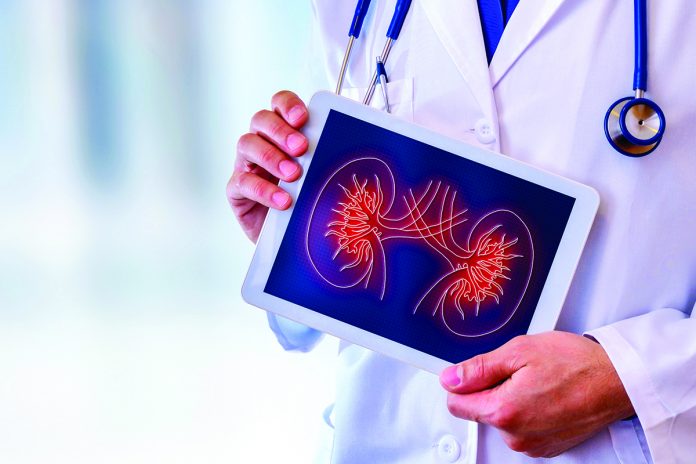California State Senator Ben Hueso held a virtual town hall discussion Wednesday to discuss telemedicine, racial disparity and better access to healthcare through the use of telephone and televideo access via smartphone.
“During this critical time, California must ensure all residents are able to receive the health services and medications they need. Telemedicine can play an important role in filling the healthcare gaps that exist during stay-at-home orders, as well as providing an effective means of delivery even once the pandemic ends,” Hueso said.
TruConnect Owner Nathan Johnson said his company offers low-cost and free cellular phone access to qualified residents but there is a disparity between how many residents are eligible and how few apply.
Hueso said 110,000 people in his district are eligible but don’t apply.”
Connecting those residents with free cellular service could potentially link them with health care providers while distanced at home or otherwise limited in their ability to seek out necessary care.
Constance Kirk, who works with the Imperial Beach Community Clinic said it is important to remember that patients receive better behavioral healthcare when providers can read visual cues, a benefit of being able to connect through video chat applications on a smartphone.
“If you’ve got behavioral health issues to begin with, they tend to become more pronounced under these stressful times. For behavioral healthcare, you really do need to see how the patient is acting, not just hear their voice,” Kirk said.
University of California Los Angeles Center for the Study of Latino Health and Culture Representative David Hayes-Bautista discussed the relationship between racial parity and lack of access, said “in the past, in the days of brick and mortar buildings, we used to have to persuade people to travel to different neighborhoods for care”.
He explained how more or fewer providers in lower-income neighborhoods inadvertently created a healthcare divide between residents living in different parts of the same city who hesitated to cross town and see a provider for necessary care, even if it was the only way to receive that care.
“Now, we can share providers from one neighborhood to another through the use of telehealth,” Hayes-Bautista said.

